Raise Capital
June 29, 2025
Understanding Regulation CF for Institutional Investors: Key Insights
Regulation CF Institutional Investors: The Truth About Equity Crowdfunding and VC Acceptance
If you’re wondering whether raising capital through Regulation CF will hurt your chances with venture capitalists later, here’s what the data actually shows: institutional investors are changing their tune about equity crowdfunding.
What used to be seen as a last resort is now recognized as powerful market validation that can actually improve your odds of securing venture capital.
Regulation CF has significantly transformed the investment landscape, democratizing access to capital for startups and small businesses while attracting attention from both individual and institutional investors.
Here’s what’s really happening with Regulation CF institutional investors and how this shift could impact your capital raising strategy. Regulation CF is now viewed as a legitimate investment opportunity by institutional investors, further validating its role in the evolving funding ecosystem.
The Real Numbers: How Regulation CF Companies Perform
Here’s something that might surprise you: companies that raise capital through Regulation CF have a failure rate of just 7.9%, according to KingsCrowd’s analysis of 6,325 offerings since 2016. The total capital raised by these companies demonstrates the growing appeal and effectiveness of this funding method.
Compare that to the 75-90% failure rate for traditional startups reported by the Small Business Administration, and you start to see why institutional investors are paying attention.
Even better? Research by Signori & Vismara (2018) found that 34.9% of companies using equity crowdfunding successfully raise funds in follow-on rounds. Regulation CF allows private companies to access broader pools of capital, making it easier for them to secure the funding they need.

That’s not a typo, more than one-third of these companies go on to raise additional capital, with 9% securing private equity and 25% conducting follow-on crowdfunding campaigns.
Regulation CF has significantly expanded investment opportunities for both private companies seeking funding and investors looking to participate in private market investments.
What Venture Capitalists Really Think About Equity Crowdfunding
The old narrative that VCs won’t touch companies that have done regulation crowdfunding? It’s outdated. Research from the Cambridge Centre for Alternative Finance shows that 13% of European equity crowdfunding investment now comes from institutional investors—including VCs, angels, and family offices.
Here’s what’s really happening: venture capitalists are starting to see successful crowdfunding campaigns as validation, not contamination. Regulation CF campaigns attract a diverse investor base, ranging from accredited investors to retail participants.
When you raise capital from hundreds of potential investors who believe in your product enough to put their own money behind it, that’s powerful market validation that VCs can’t ignore.
The proof is in the valuations. VC-backed companies in equity crowdfunding command median valuations nearly 50% higher than non-VC backed companies. That’s not the behavior of investors who see crowdfunding as a negative signal.
The Evolution of SEC Regulations and Investor Protection
The regulatory framework has evolved significantly to protect investors while making it easier for startups and small businesses to raise capital. Regulation CF is an exemption under the Securities Act and federal securities laws, allowing private companies to raise capital without full registration.
In November 2020, the SEC increased Regulation CF limits from $1 million to $5 million per 12-month period, opening up new possibilities for growing companies.
Here’s how the current investment limits work for non-accredited investors:
- If your annual income or net worth is below $124,000: You can invest the greater of $2,400 or 5% of your annual income and net worth, subject to the investment limit.
- If both are above $124,000: You can invest up to 10% of the greater amount, with a maximum cap of $124,000.
When selling securities through a regulation crowdfunding offering, companies must comply with federal securities laws and the requirements for securities issued pursuant to Regulation CF, including ongoing reporting requirements and annual reporting obligations.

Issuers conducting a Regulation CF offering must file annual reports after securities are sold, and these reports may be required for debt securities or redeemable securities as well.
Companies must also disclose risk factors relevant to the offering, the target offering amount, and update investors on progress toward that goal.
The offering statement must include information about previously sold securities and identify any beneficial owner or beneficial owners holding 20% or more of the issuer's voting securities.
The Securities and Exchange Commission has also implemented robust investor protection measures. Every company issuing securities must provide investors with detailed financial statements
- Reviewed financial statements for offerings above $124,000
- Audited financial statements for offerings above $1.235 million.
For certain offering sizes, issuers must provide or certify their most recent federal income tax returns. Companies must also discuss the issuer's financial condition in their disclosures.
Regulation CF offerings are typically conducted through a registered funding portal or broker dealer, which act as intermediaries to ensure compliance.
These offerings usually involve private securities, which are less liquid than public securities, and may include debt securities or redeemable securities with specific reporting requirements.
The process of purchasing securities through a funding portal is subject to legal considerations, and there are restrictions on the ability to sell private securities acquired through Regulation CF, including a one-year resale restriction on securities obtained in a crowdfunding transaction.
Issuers must disclose whether they will accept investments in excess of the target offering amount and how oversubscriptions will be handled. There are also restrictions on oral or written communications regarding the terms of the offering, which must comply with SEC rules. Investment companies are excluded from Regulation CF eligibility.
Regulation CF has been especially beneficial for business startups seeking to access private capital markets, which have traditionally been difficult for non-accredited investors to enter. Companies must provide investors with all required disclosures and information to ensure transparency and regulatory compliance.
According to SEC Chairman Paul Atkins’ May 2025 address, the market has grown from 22 new offerings per month in 2016 to 135 per month by 2022. The geographic expansion has been equally impressive, with the number of U.S. counties hosting crowdfunded companies doubling between 2019 and 2022.
This article does not constitute investment advice. Readers should consult legal, financial, or investment professionals for personalized guidance.
How Regulation CF Outperformed Traditional VC During Economic Uncertainty
Here’s where things get really interesting. While venture capital pulled back during the 2022-2024 economic uncertainty, Regulation CF showed remarkable resilience.
Regulation CF has facilitated capital formation by enabling a wider range of companies and investors to participate in the fundraising process, expanding access to capital even during challenging times.
From 2018 to 2024, Regulation CF investment volume grew 4.4x while VC grew only 1.3x. By 2024, Reg CF maintained 69% of its 2021 peak ($343.6 million raised), while VC fell to just 50% of peak deal activity.

Why the difference? Geographic and demographic diversity. Research from Brookings Institution found that while the five largest metro areas captured 81% of venture capital investment, only 46% of crowdfunding was similarly concentrated.
This broader base of retail investors proved more resilient than institutional capital constrained by LP commitments and portfolio concerns.
The diversity extends to founders too:
- 22.8% of VC funding went to women founders and co-founders in 2023 (27.8% including OpenAI), up from historical averages around 11.5%
- 34% of new Reg CF deals in 2024 featured at least one minority founder
The Cap Table Challenge (And How to Solve It)
Let’s address the elephant in the room: cap table management. Yes, having hundreds of small shareholders can create complexity that gives some venture capitalists pause. But the solution already exists.

In March 2021, the SEC approved Special Purpose Vehicles (SPVs) for consolidating crowdfunding investors. This means all those retail investors can be rolled up into a single line on your cap table, eliminating the “herding cats” problem when you need shareholder approvals for future rounds.
Mercury’s successful approach provides a perfect blueprint. They conducted a $5 million Reg CF round through Wefunder as part of their $120 million Series B, adding 2,500 customers as investors through an SPV structure.
They then raised a $300 million Series C at a $3.5 billion valuation from Sequoia Capital—clearly, top-tier VCs had no problem with their crowdfunding history.
Best practices for cap table management include:
- Implementing SPVs during your crowdfunding campaign, not after
- Starting cleanup 6-12 months before targeting institutional rounds
- Using professional platforms like Carta or Pulley instead of spreadsheets
- Maintaining clear records of all securities offered and sold securities during the crowdfunding campaign
Real Companies, Real Success Stories
The proof that regulation crowdfunding doesn’t hurt your chances with institutional investors? Look at these DealMaker success stories:
EnergyX's Journey from Community Capital to Partnerships
EnergyX shattered cleantech crowdfunding records by raising $75 million from nearly 40,000 investors through DealMaker, bringing their total retail funding to over $87 million across multiple rounds.
As a company with a history of previously sold securities, EnergyX maintained transparency and fulfilled disclosure obligations in each subsequent offering.
This retail momentum directly influenced their ability to secure a $50 million Series B round led by General Motors, with participation from POSCO Holdings and Eni SpA. The company then secured a $450 million equity commitment from Global Emerging Markets Group contingent on a future public listing.
LiquidPiston’s Balanced Approach to Retail and Institutional Funding
LiquidPiston raised over $50 million across five crowdfunding campaigns between 2017 and 2024, building a base of 17,500+ shareholders. Their most successful DealMaker campaign in 2023 raised $31.4 million from over 10,000 investors.
This retail foundation enabled them to secure over $65 million in Department of Defense contracts, including a recent $35 million U.S. Air Force contract. The company achieved profitability in 2022 with a 377% revenue increase by 2023.
Medical device companies have seen particular success:
- Monogram Orthopaedics (NASDAQ: MGRM) raised capital through DealMaker seven times, building a base of 22,000 retail investors before successfully listing on NASDAQ in May 2023
- Autonomix Medical (NASDAQ: AMIX) raised $11 million through DealMaker before achieving a direct NASDAQ listing in January 2024, with stock climbing 22% in the first week
- Draganfly (NASDAQ: DPRO) used an oversubscribed DealMaker campaign as a springboard to NASDAQ in 2021
Miso Robotics raised over $26.5 million through DealMaker across multiple campaigns, achieving a 68% increase in average investment size. This retail validation helped them secure a multi-million dollar investment from Ecolab, the $14 billion hygiene giant, along with strategic partnerships with Nvidia and Amazon.
Regulatory Compliance and Fraud Prevention
One concern institutional investors have raised is fraud risk. The data shows these concerns are largely unfounded. The SEC’s enforcement actions have been limited but effective. The first major Regulation CF fraud case (TruCrowd, 2021) involved $1.9 million in fraudulent offerings, resulting in $307,200 in civil penalties and $730,092 in disgorgement.
The regulatory framework includes multiple layers of protection:
- Funding portals must conduct background checks on all issuers conducting offerings
- Bad Actor Disqualification rules prevent anyone with securities fraud convictions from using Regulation CF
- FINRA oversight resulted in $1.75 million in fines to funding portals in 2024 for compliance failures
Ongoing reporting requirements for issuers generally continue unless certain conditions are met, such as when the issuer liquidates or dissolves its business in accordance with state law.
These enforcement actions demonstrate active regulatory oversight that should reassure both retail investors and institutional investors about the integrity of the system.
Industry-Specific Considerations for Hybrid Funding
Different industries show distinct patterns in successfully combining equity crowdfunding with venture capital:
Technology Companies
The tech sector faces unique challenges with long development timelines and high capital needs, which can increase investment risks when combining crowdfunding and venture capital.
However, companies like Mercury, Substack, and Replit have successfully used crowdfunding to engage their user communities before or alongside institutional rounds.
The key is using crowdfunding to validate market demand while maintaining realistic valuations that allow for institutional step-ups.
Consumer Products
This sector shows the strongest community engagement. Companies like Miso Robotics have leveraged their customer base as investors, creating powerful brand advocates who have a financial stake in the company’s success, but must also consider the investment risks associated with regulatory compliance and diverse investor expectations.
The numbers tell the story: over $5 billion in follow-on financing has flowed to companies that started with crowdfunding, with DealMaker’s platform processing over $2 billion in investments with a 99% KYC pass rate.
Managing Valuation Expectations
One critical factor in successfully transitioning from crowdfunding to institutional funding is valuation management. Pre-money valuations in equity crowdfunding typically range from $360K to $16.5M (median: $4M), often below institutional standards.
This actually works in your favor. Companies that raise at conservative crowdfunding valuations can offer institutional investors attractive step-ups, avoiding the dreaded down round that can damage relationships with hundreds of retail investors.
EnergyX’s CEO Teague Egan credits their retail base with fundamentally changing negotiation dynamics: “It really helps justify to our institutional investors the valuation that the market believes the company is worth.”
Best practices include:
- Getting professional 409A valuations before your crowdfunding campaign
- Being transparent about your valuation methodology in your offering statement
- Leaving room for institutional investors to see upside
- Using comparable company analysis based on real metrics, not crowdfunding enthusiasm
- Staying current with your annual reporting obligations to maintain investor trust and regulatory compliance
The Path Forward: Making Regulation CF Work With VC
The data is clear: Regulation CF has matured into a viable pathway to institutional funding. With a 7.9% failure rate and companies like those on DealMaker's platform showing a 60% success rate in raising institutional capital post-crowdfunding, the model works.
Institutional investors are increasingly recognizing that community capital provides valuable market validation rather than being a sign of desperation.
To maximize your chances of transitioning from crowdfunding to venture capital:
- Use SPV structures from day one to keep your cap table clean
- Maintain professional standards in all your disclosures and financial statements
- Set realistic valuations that leave room for institutional investors
- Build genuine community engagement that VCs will see as an asset
- Track and report metrics that institutional investors care about
As Rebecca Kacaba, DealMaker's CEO, emphasizes, "retail capital is not an endpoint or last resort but a complementary component of the modern capital stack." The companies that successfully combine regulation crowdfunding with venture capital aren't choosing one path over the other but are strategically using both to build stronger, more resilient businesses.
For startups and small businesses looking to raise capital, the question isn't whether to choose equity crowdfunding or venture capital. It's how to use both strategically to build the strongest possible foundation for growth.
With proper planning, regulatory compliance, and realistic expectations, your Regulation CF raise could be the catalyst that attracts the institutional investors you need to scale.

Your submission has been received. We will reach out to you via email to schedule a call.
Oops! Something went wrong while submitting the form.





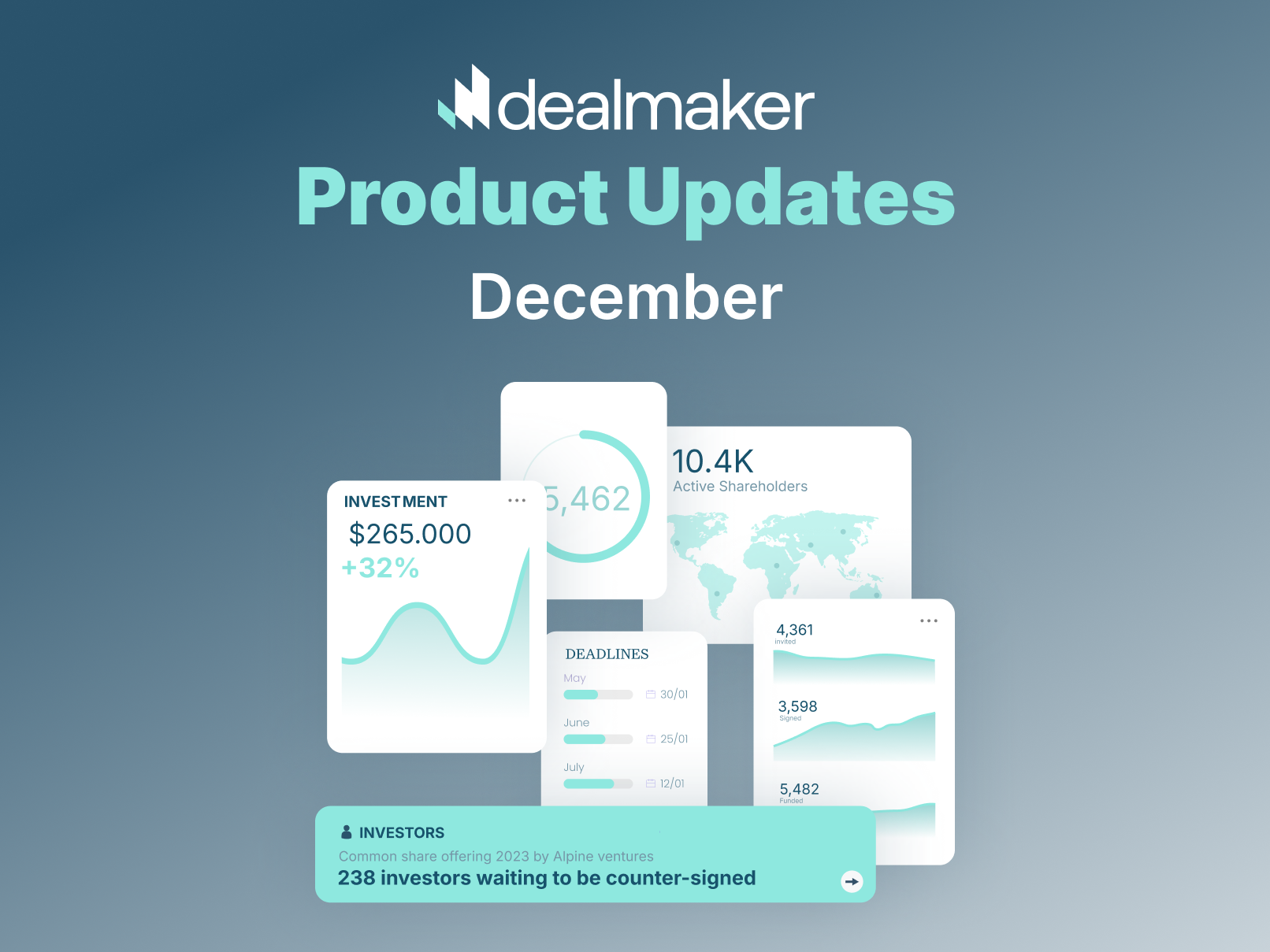
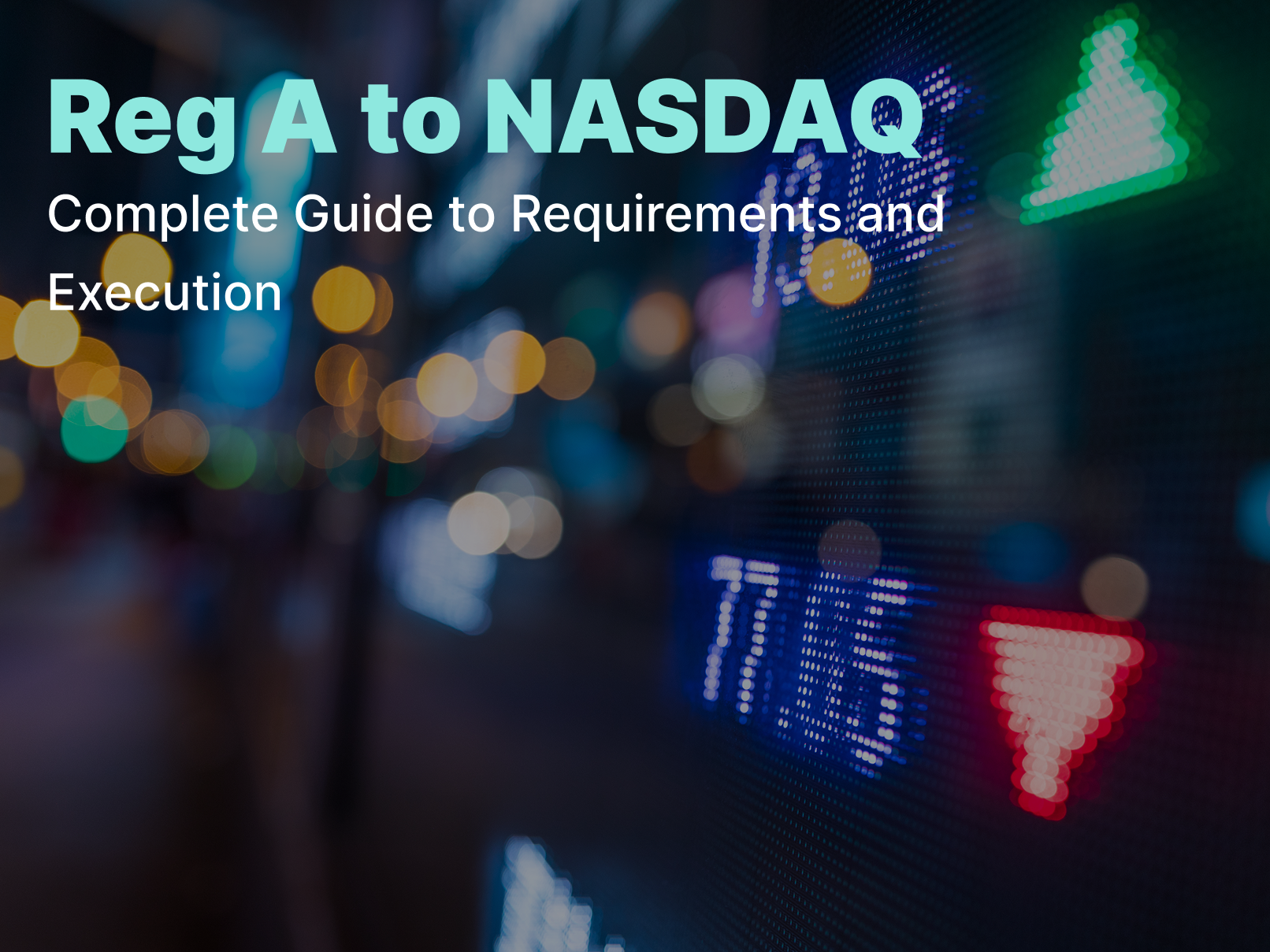
.png)
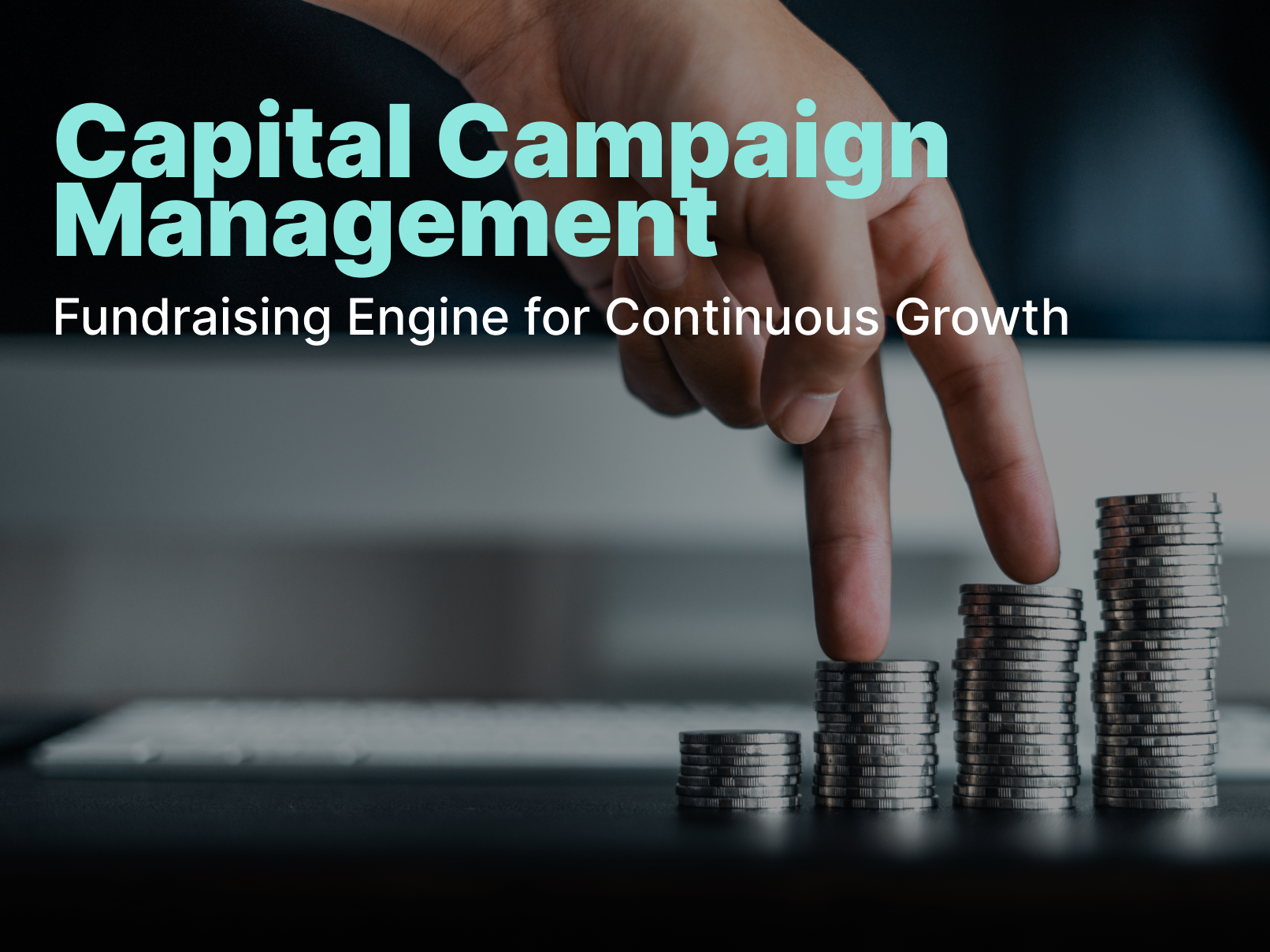
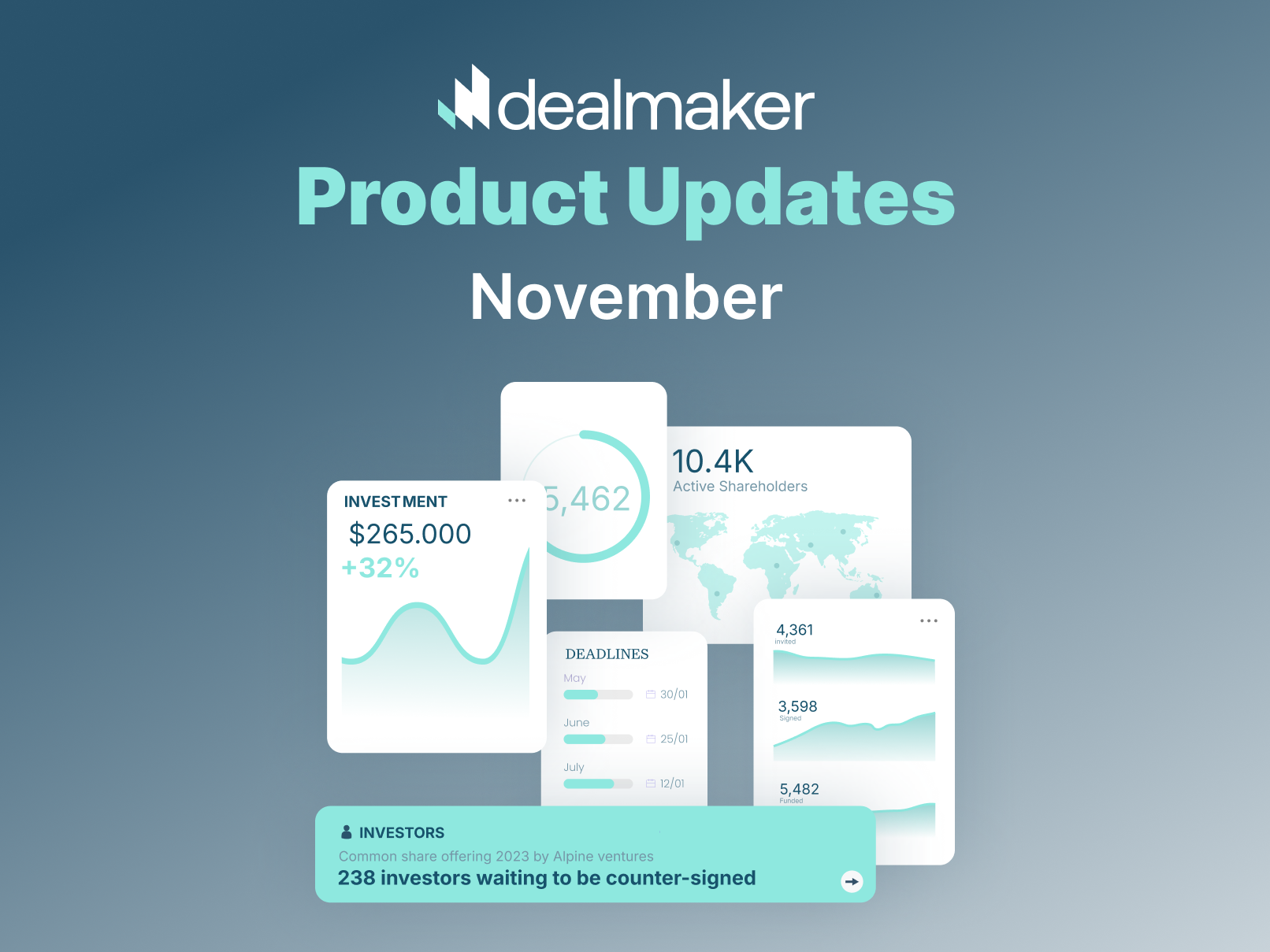

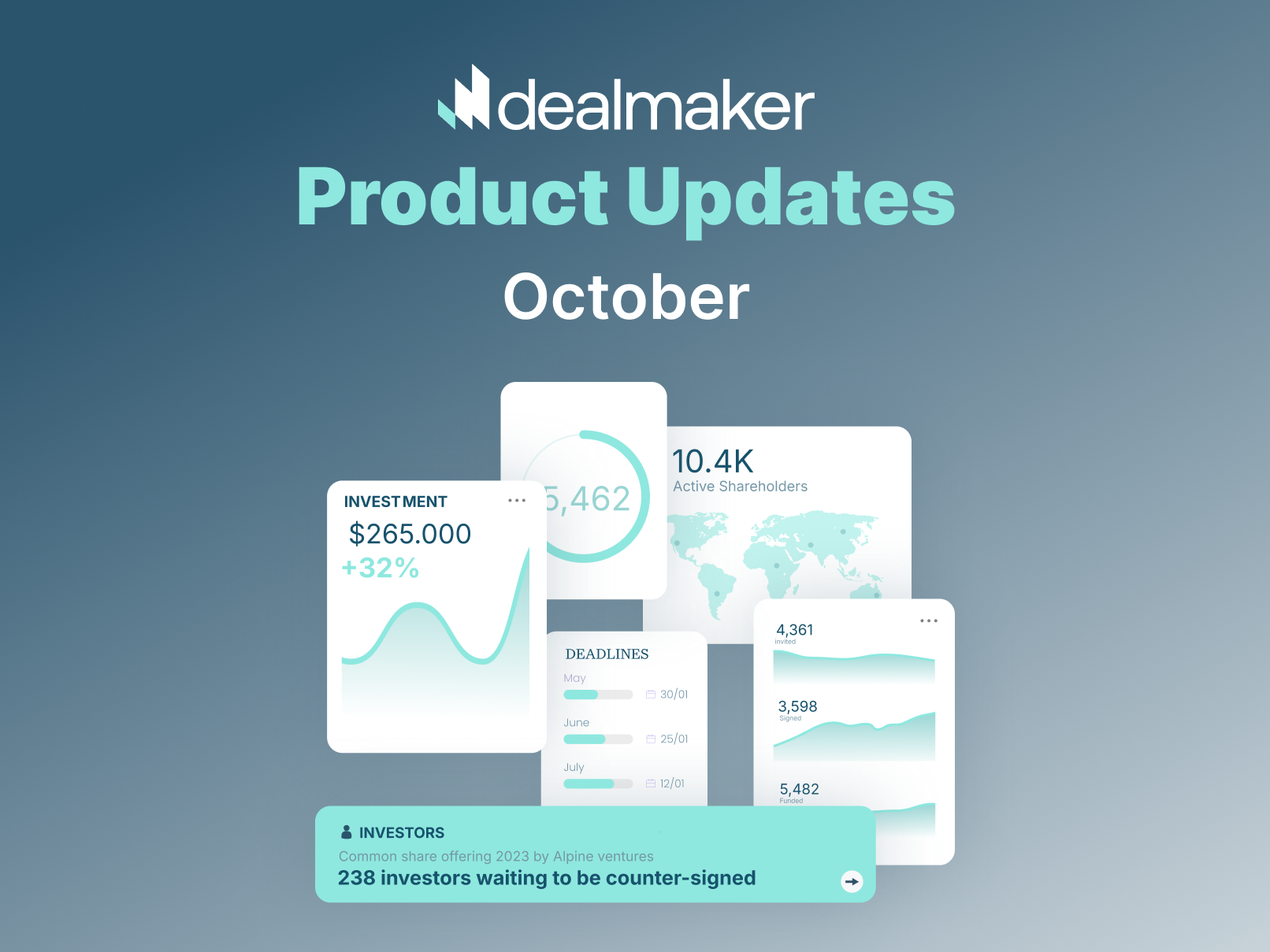
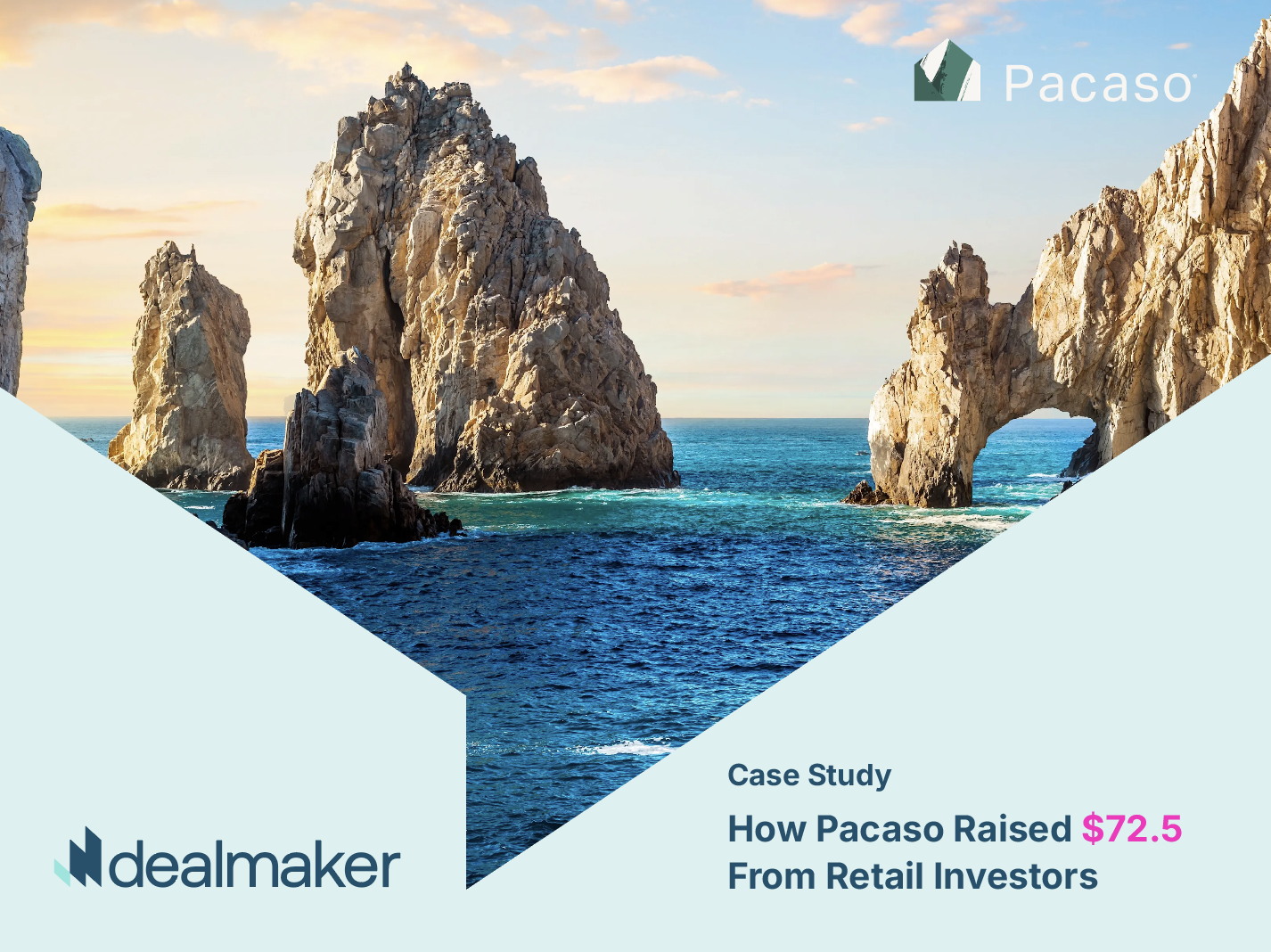
.webp)
.webp)
.webp)
%20(1).webp)